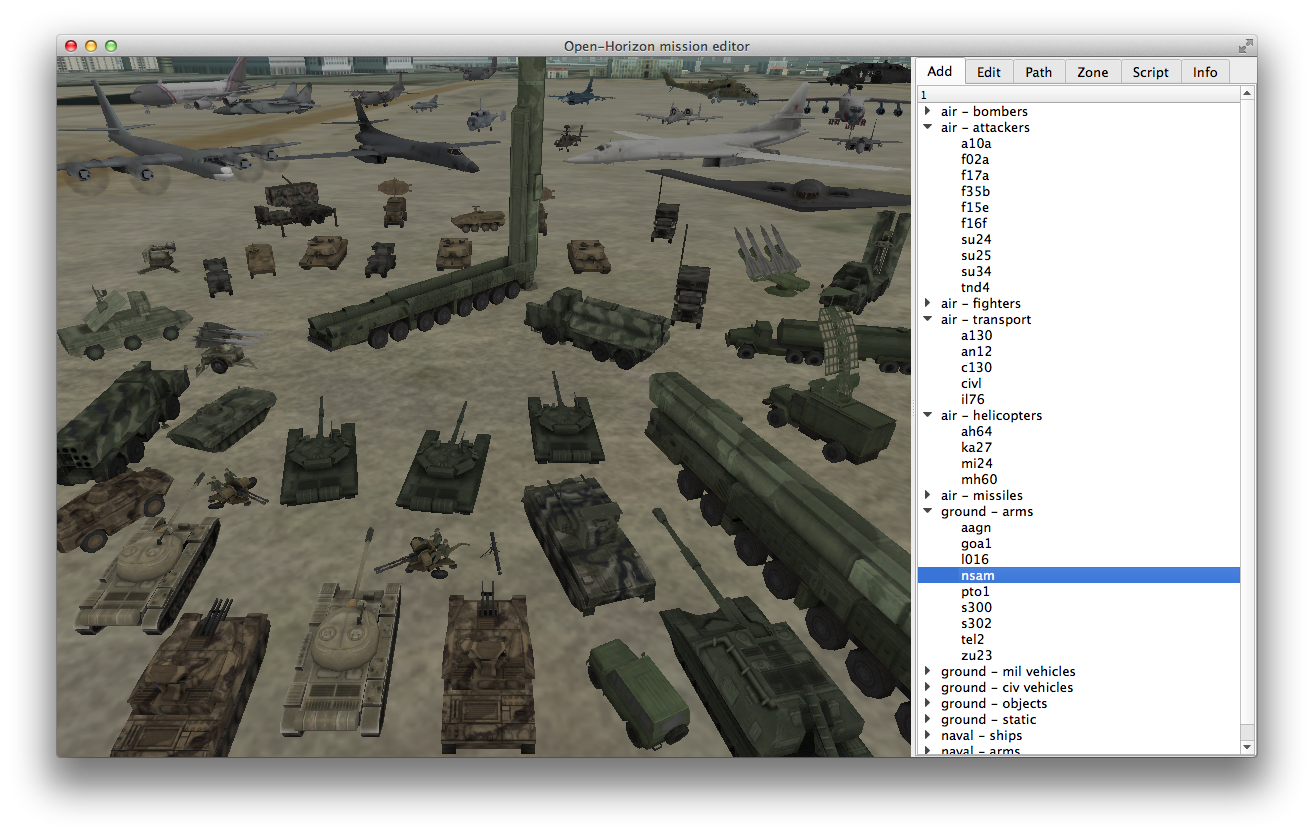More than year has passed since the release of Return of Dr. Destructo, my remake of ZX Spectrum arcade Island of Dr. Destructo. Soon, the work began on the mobile version of the game, but I only finished it now. Go ahead, and give it a try if you own an Android phone or tablet!
Download Return of Dr. Destructo Android for Google Play
What’s new since the desktop release (besides the necessary adaptations to make the game playable on mobiles):
1) Planes now have super-weapons, including powerful bomb, bullet spray, mines and the ability to freeze enemies.
2) 5 new planes! Each with its own look, speed, turn rate and super-weapon
3) Tutorial to make things smoother for new players. Hopefully, this will do away with the confusion some players felt about the goal of the game.
I also have some further plans for this game, but I’m not ready to announce them yet, as I want to see if there is any interest in it first. Google Play no longer gives you any organic traffic, as the new games do not appear anywhere in the store, so I’ll have to fight tooth and nail for every player.
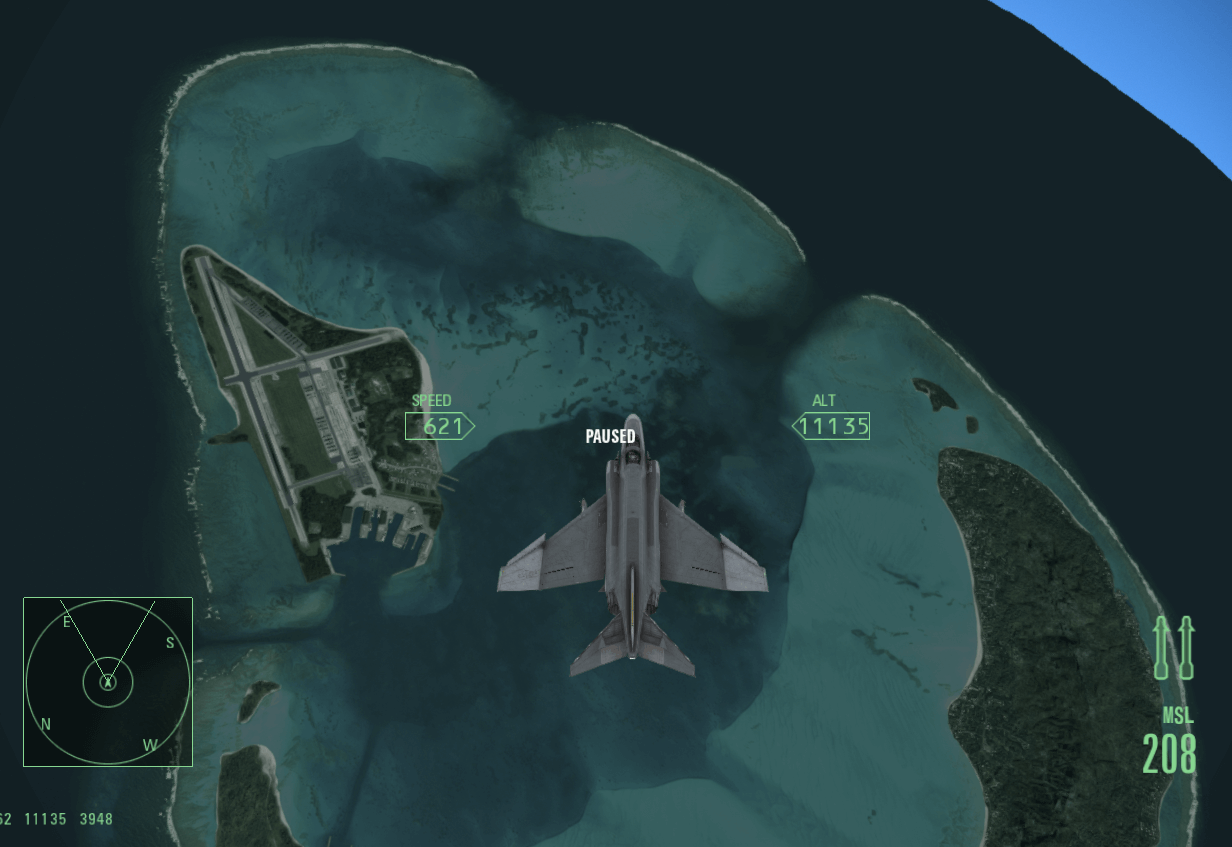
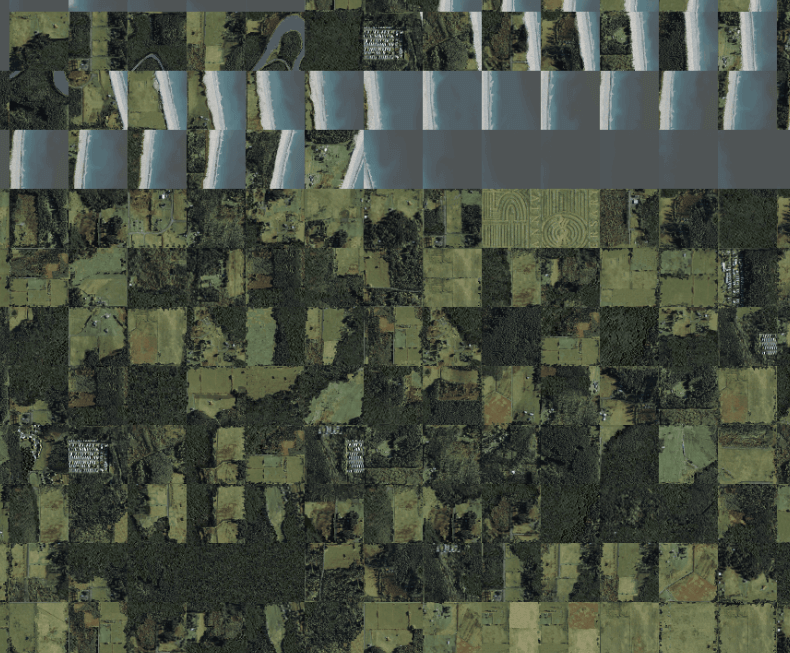
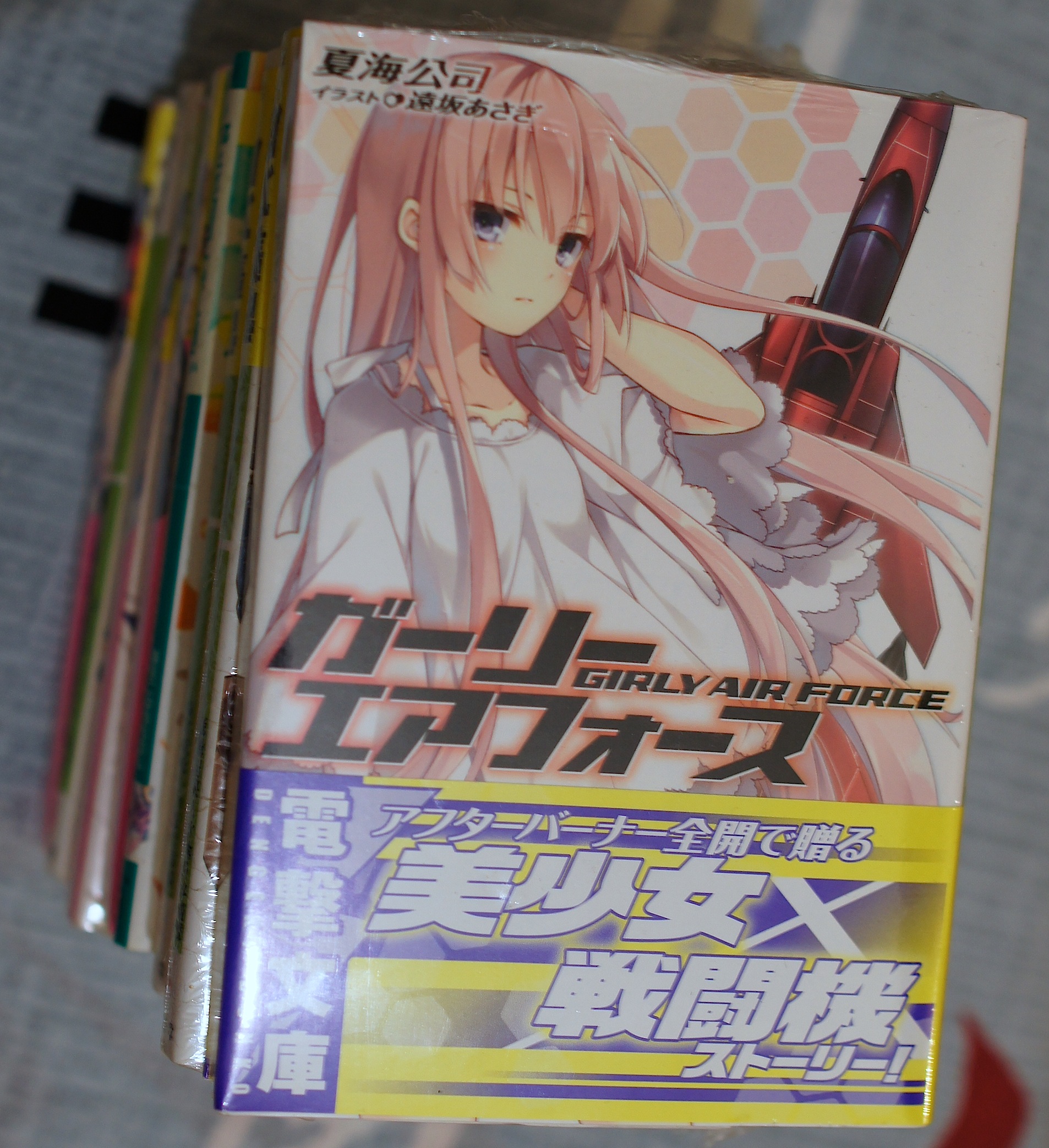
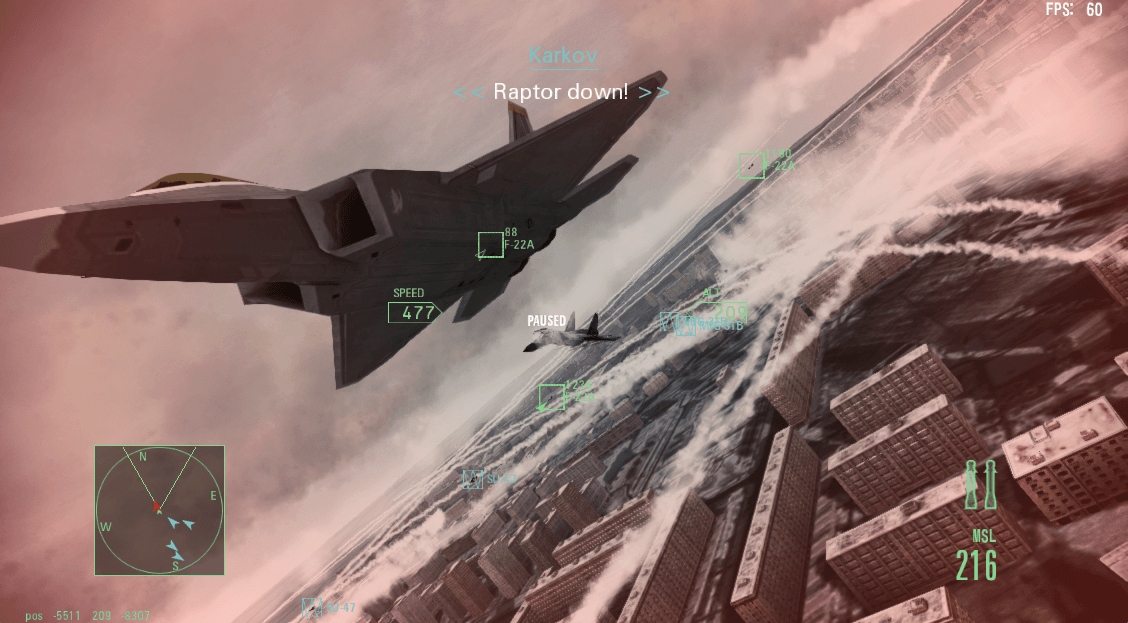
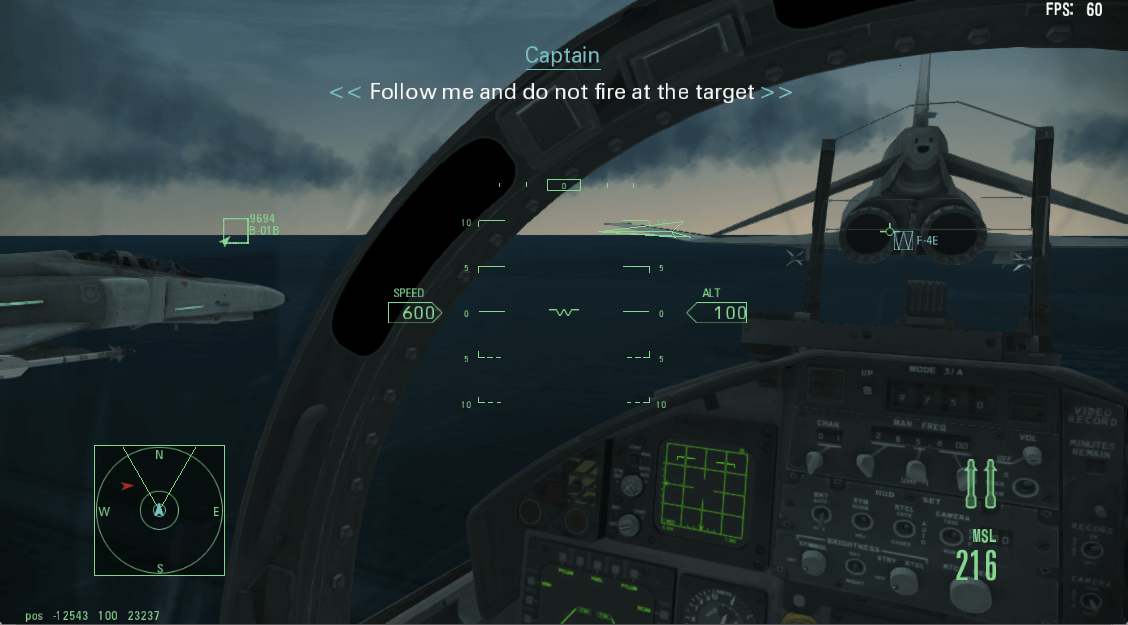
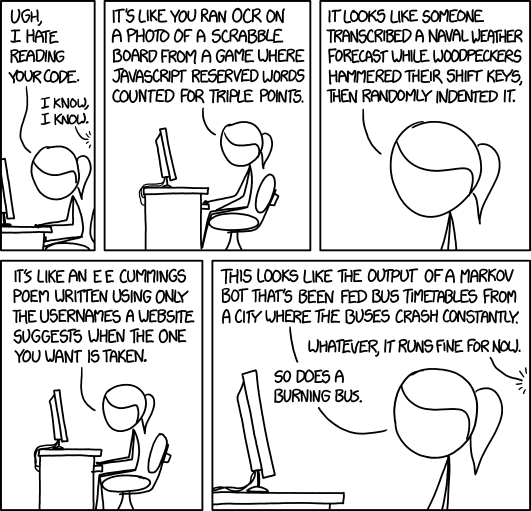
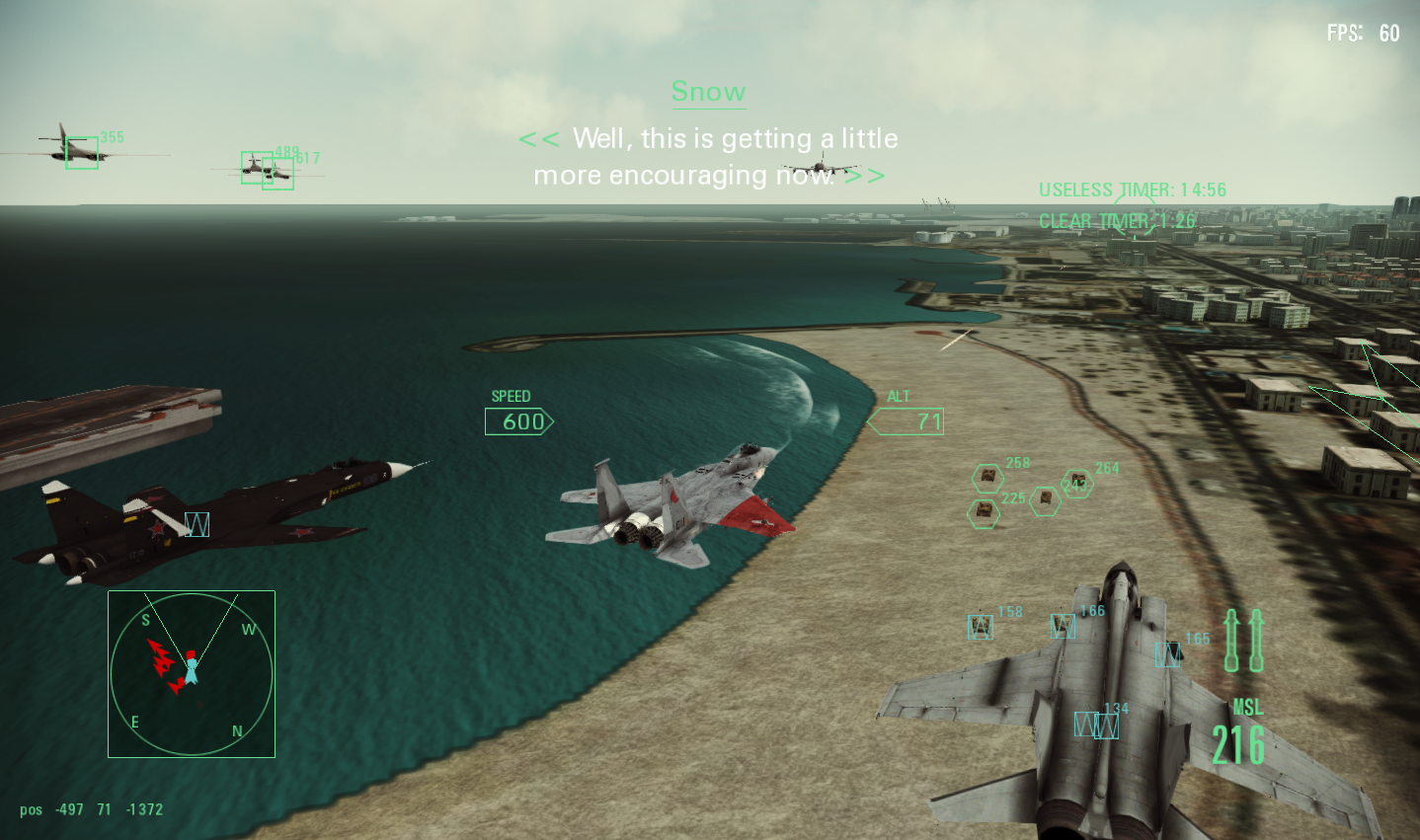
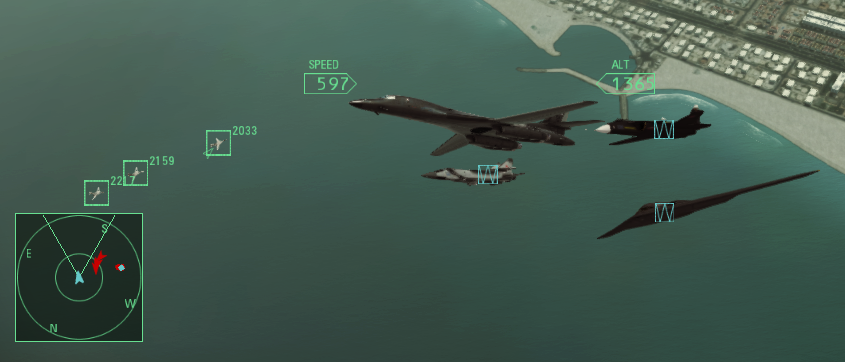
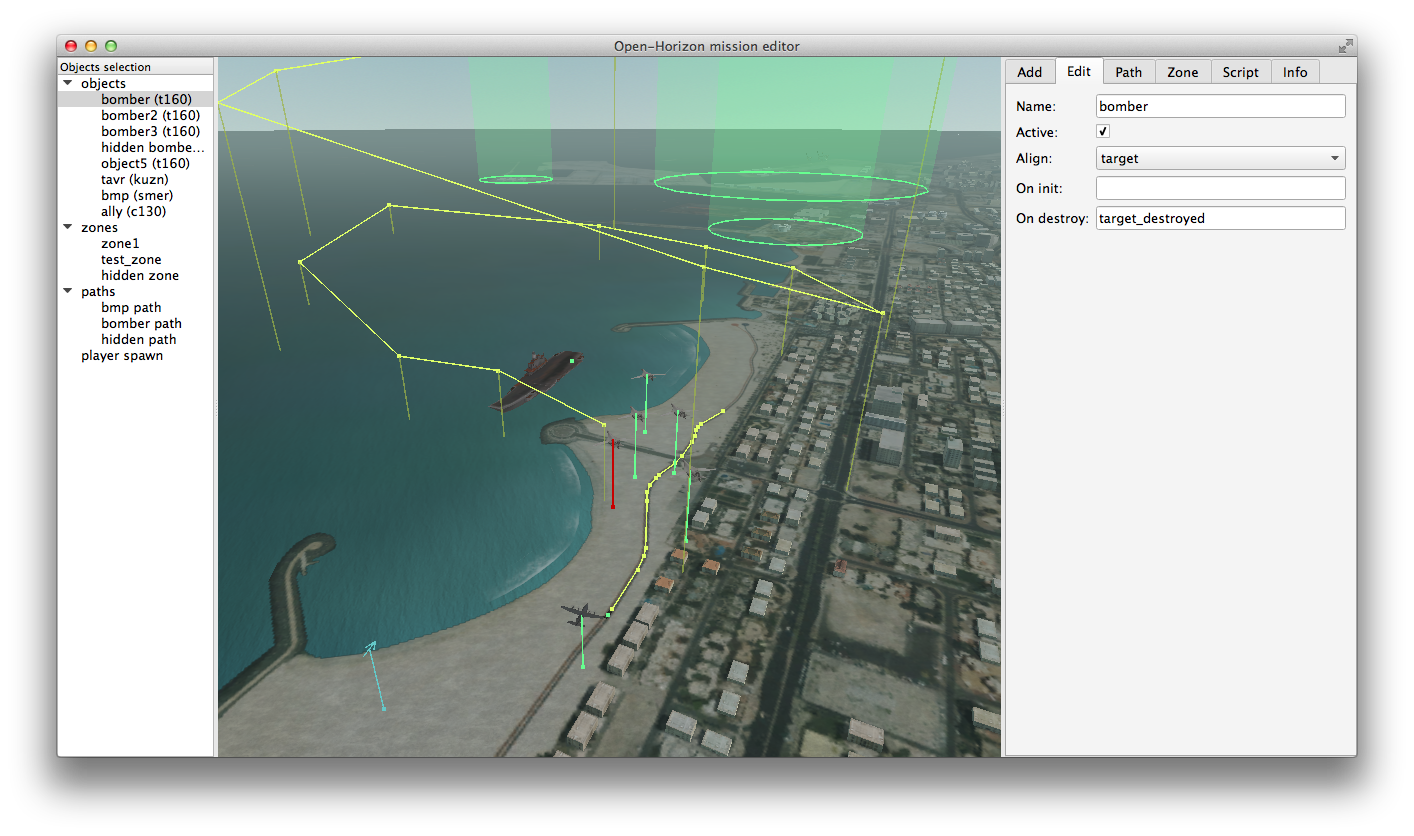
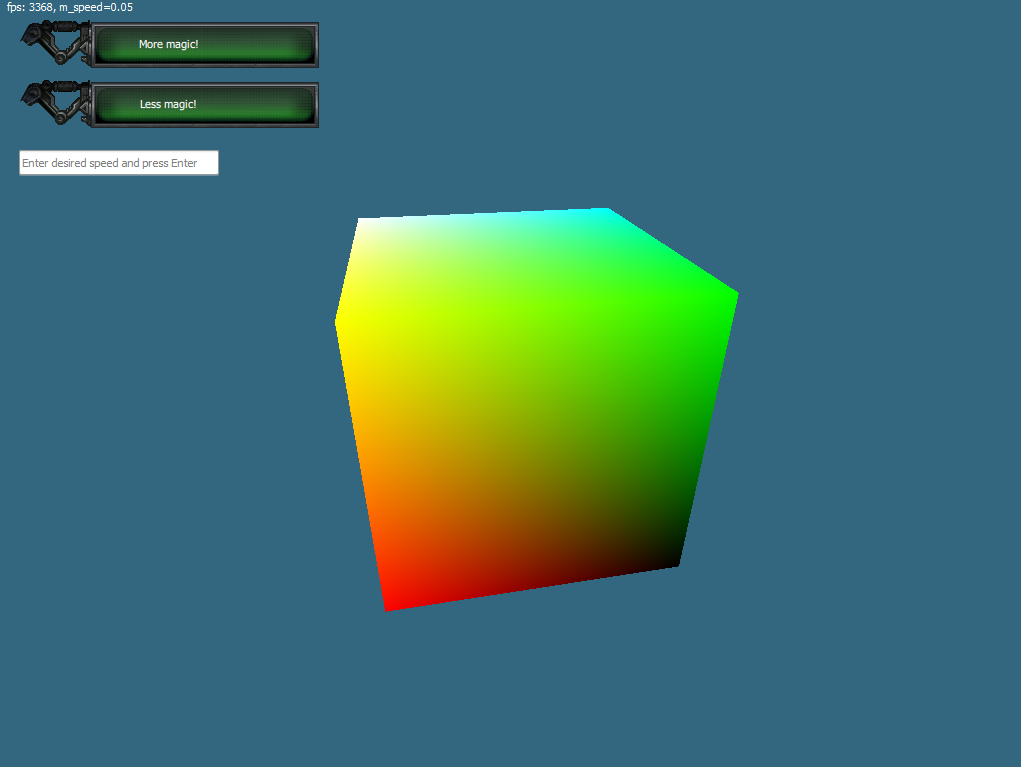 In games with complex UI, creating a library that supports that UI and tools that allow designers quickly iterate changes could be a daunting and a time-consuming task. A task that you’d like to solve once and forever, and not write a new solution for each new project, or even for each new company you work at. Life, as it can be said, is too short to roll your own UI libraries!
In games with complex UI, creating a library that supports that UI and tools that allow designers quickly iterate changes could be a daunting and a time-consuming task. A task that you’d like to solve once and forever, and not write a new solution for each new project, or even for each new company you work at. Life, as it can be said, is too short to roll your own UI libraries!